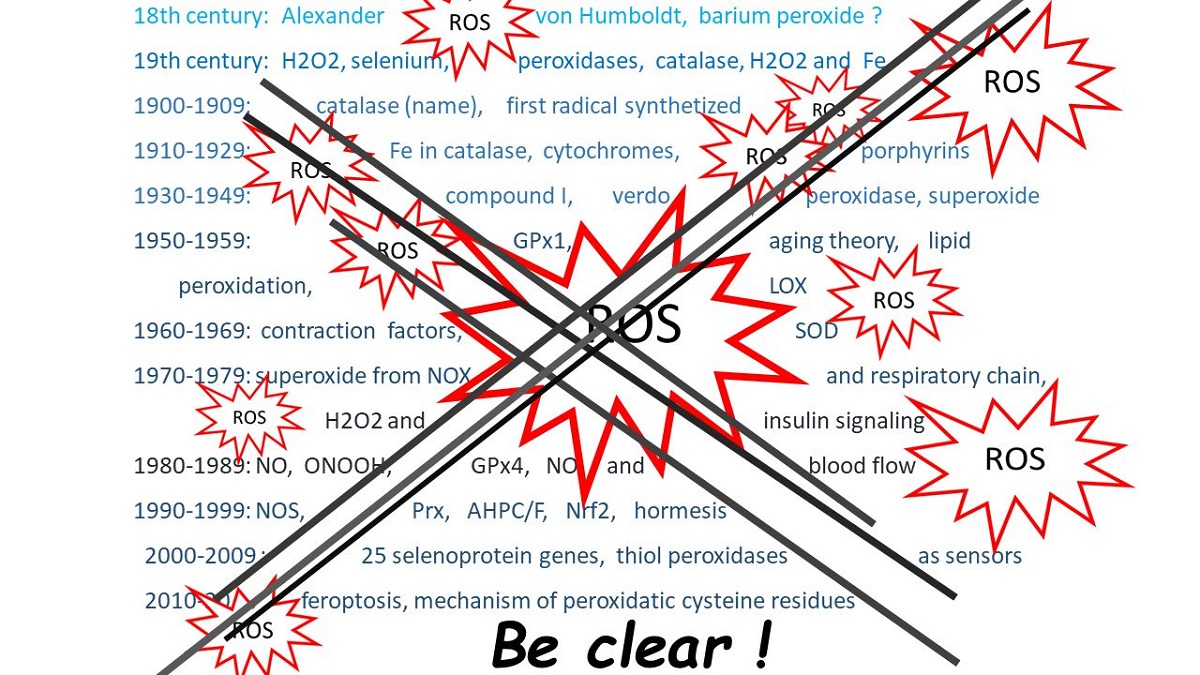The beginnings of redox biology are recalled with special emphasis on formation, metabolism and function of reactive oxygen and nitrogen species in mammalian systems. The review covers the early history of heme peroxidases and the metabolism of hydrogen peroxide, the discovery of selenium as integral part of glutathione peroxidases, which expanded the scope of the field to other hydroperoxides including lipid hydroperoxide, the discovery of superoxide dismutases and superoxide radicals in biological systems and their role in host defense, tissue damage, metabolic regulation and signaling, the identification of the endothelial-derived relaxing factor as the nitrogen monoxide radical and its physiological and pathological implications. The article highlights the perception of hydrogen peroxide and other hydroperoxides as signaling molecules, which marks the beginning of the flourishing fields of redox regulation and redox signaling. Final comments describe the development of the redox language. In the 18th and 19th century, it was highly individualized and hard to translate into modern terminology. In the 20th century, the redox language co-developed with the chemical terminology and became clearer. More recently, the introduction and inflationary use of poorly defined terms has unfortunately impaired the understanding of redox events in biological systems.

